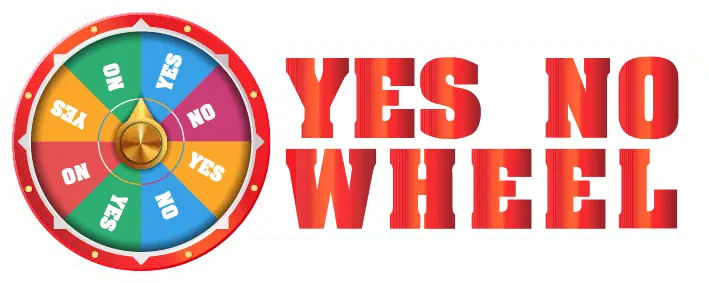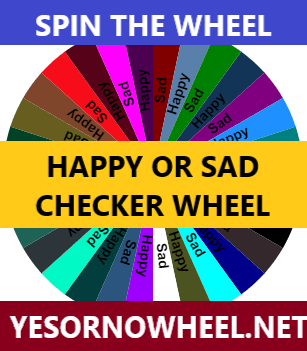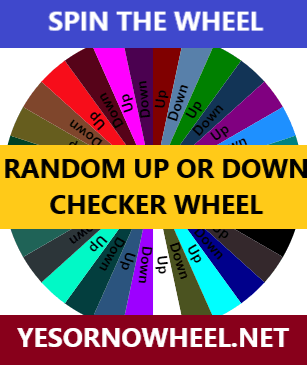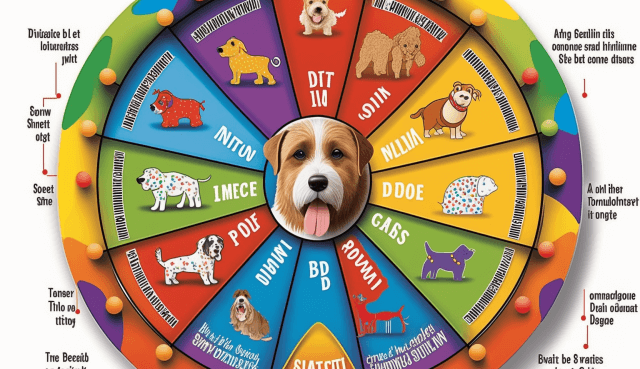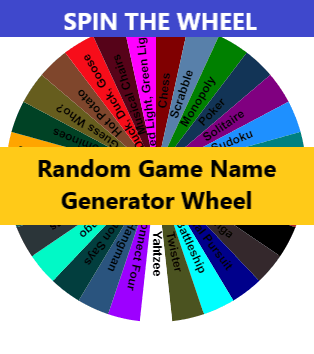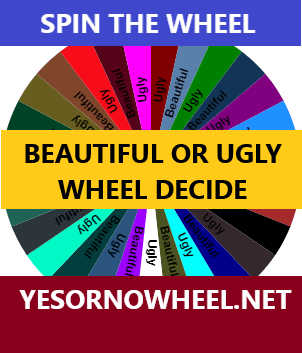Yes or No Button Generator !Get Quick Answers
A yes or no button can save users time and effort while providing developers and businesses with valuable information and insights into user behavior and preferences. In this article, we will explore the various uses and benefits of the yes or no button and the design considerations that should be considered when implementing this simple yet powerful tool.
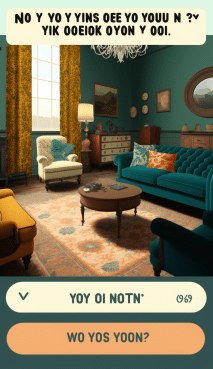
r
Is there such a thing as a yes-no button?
A “Yes No” button is a standard interface element in many digital devices and applications. It provides users a straightforward way to communicate their intentions or preferences, making it a highly effective tool for prompting users to answer questions.
How do you decide yes or no?
People often weigh the potential benefits and drawbacks of choosing “yes” or “no.” They might consider factors such as whether the decision aligns with their values or goals, could have negative consequences, or could lead to a positive outcome.
Ultimately, choosing “yes” or “no” will depend on the individual’s unique circumstances, personal preferences, and goals.
What is a yes or no response called?
A random response involves only two options: yes or no. These terms, which refer to “composing of or involving two things” or “dividing into two parts or classifications,” are commonly used in fields like statistics, psychology, and data analysis, where decision-making is essential.
What are yes and no words called?
In fields like statistics, psychology, and data analysis, where decision-making is essential, people commonly use the terms “yes” or “no” to refer to a random response that involves only two options, which involve two things divided into two parts or classifications.
Affirmative words indicate a positive response, agreement, or affirmation. Examples of affirmative words in addition to “yes” include “absolutely,” “definitely,” “certainly,” and “of course.”
Negative words indicate a negative response, disagreement, or denial. Examples of negative words in addition to “no” include “not,” “never,” “disagree,” and “refuse.”
What is the yes-no rule?
We use the “yes-no rule” technique to ensure mutual understanding. The rule states that when receiving the message, the listener should respond with either “yes” or “no” before elaborating on their response or asking additional questions.
This technique helps clarify the listener’s response and prevents misunderstandings between the speaker and listener. By responding with a clear “yes” or “no,” the listener can confirm or deny their understanding of the message, leading to more effective communication and better outcomes.
How many types of yes-no questions are there?
In general, there are two types of yes-no questions:
- Open yes-no questions: These are questions where both “yes” and “no” are possible answers. For example: “Do you like ice cream?”
- Closed yes-no questions: These are questions where one of the two possible answers is expected or implied. For example: “Is today Monday?”
However, some people also differentiate between direct and indirect yes-no questions. Direct yes-no questions are straightforward, while indirect ones require more interpretation, but both expect a “yes” or “no” response.
Conclusion
The yes or no button is a versatile tool used in digital apps to improve user experience. The two-button interface helps users communicate preferences and make decisions quickly. It saves time for users and provides insights for developers and businesses. A well-designed yes or no button enhances the usability and functionality of digital apps.
Frequently Asked Questions
Q1:How can I ensure that users understand the meaning of the yes or no button in my application?
Use clear and concise language to describe the yes or no button’s function to ensure user comprehension. You can also employ visual indicators such as color or icons to communicate the intended part of the button.
Q2:How do I know when to use a yes or no button in my application?
Use a yes or no button for simple prompts and questions that require random answers.
Q3:Can I use the yes or no button in a mobile application or website?
Yes, Any digital application or device, including mobile apps and websites, can use the yes or no button.
Q4:Is there a way to prevent users from accidentally clicking the wrong button on a yes or no prompt?
To avoid unintended clicks, use design techniques like more oversized buttons or showing visual confirmation after user selection. You can also provide an option to undo the selection or require a double-click for confirmation.
